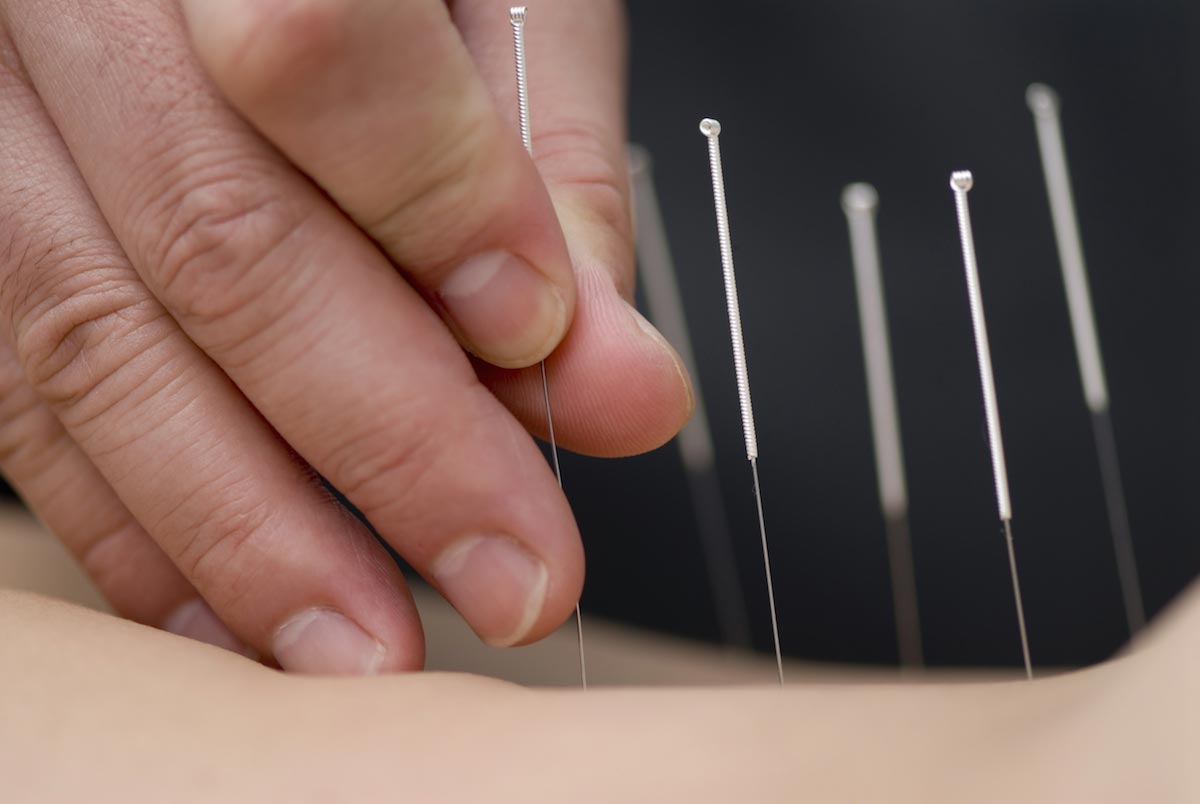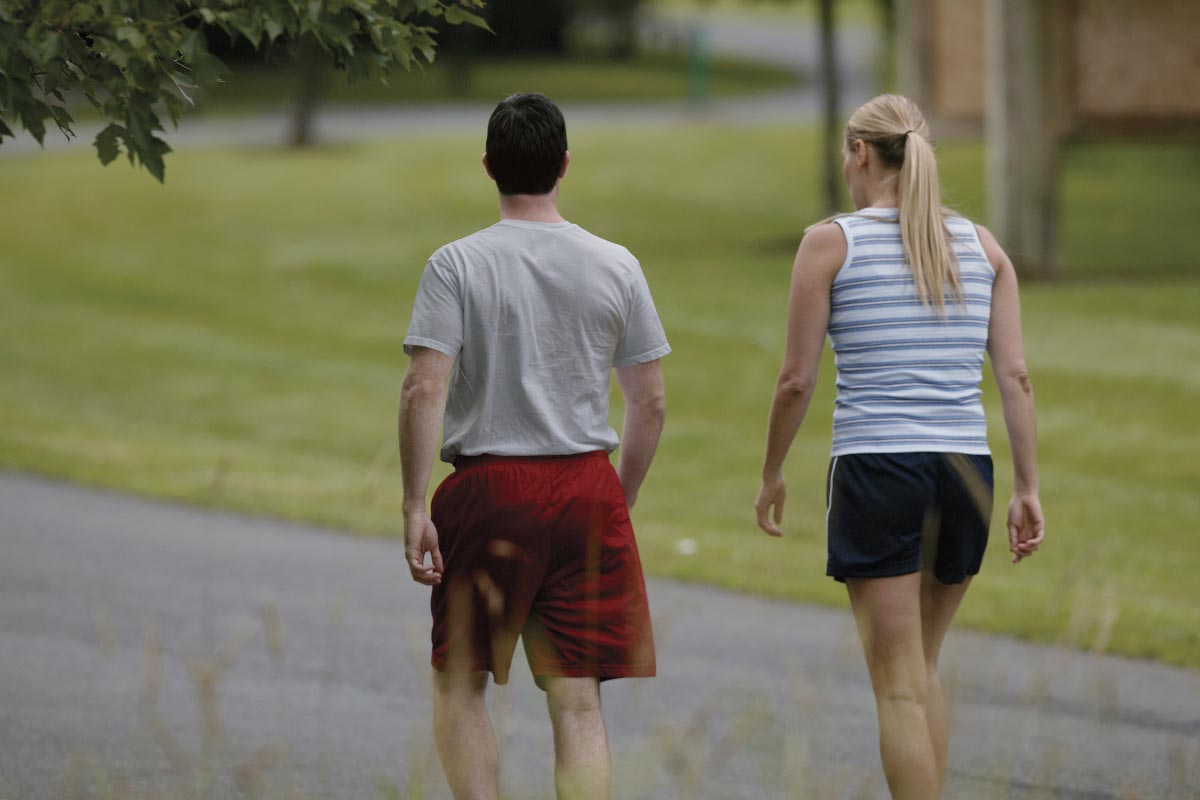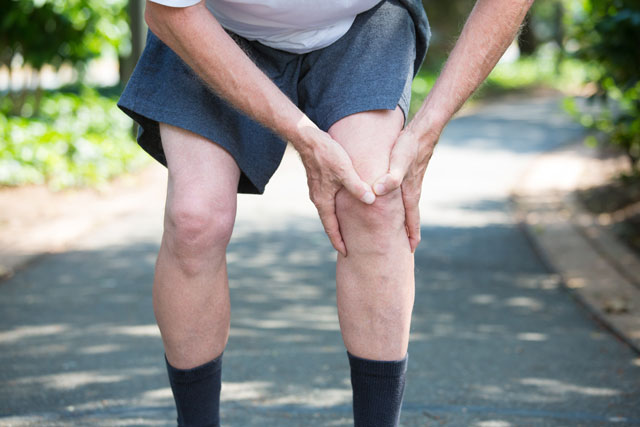Walking just 2,300 steps a day slashes heart risks, even for people with high blood pressure
08/19/2025 / By Cassie B.

- Walking just 2,300 daily steps (around 20 minutes) begins lowering major heart risks by 17%.
- Brisk walking (80+ steps per minute) cuts heart failure risk by 30% and strokes by 24%.
- Even people with high blood pressure see a 22% reduced heart failure risk per 1,000 extra steps.
- Consistency matters more than hitting 10,000 steps; 4,000 to 7,000 steps slash death risk by up to 47%.
- Short, frequent walks are as effective as long sessions, no gym or pills required.
If you’ve ever felt guilty for not hitting that arbitrary 10,000-step goal, here’s some liberating news: science just proved you don’t need to walk a marathon to protect your heart. A landmark study tracking more than 36,000 people with high blood pressure for nearly eight years found that every additional 1,000 daily steps reduced major heart problems by 17%. And the benefits started at just 2,300 steps, which roughly amounts to a 20-minute stroll.
That’s right. No expensive gym memberships, no grueling workouts, no pharmaceutical side effects. Just walking at a brisk pace—about 80 steps per minute—could cut your risk of heart failure by 22%, heart attacks by 9%, and strokes by a staggering 24%. For those keeping score, that’s better protection than many blood pressure medications, without the risks of Big Pharma’s profit-driven prescriptions.
The faster you walk, the more your heart thanks you
The study, published in the European Journal of Preventive Cardiology, didn’t just look at step count; it examined how fast people walked. Researchers found that those who maintained a brisk pace (80+ steps per minute) for at least 30 minutes a day had a 30% lower risk of serious heart events compared to slow walkers.
This isn’t some fringe finding. Harvard research has long shown that women who walked three hours a week slashed their heart attack risk by 30%. At five hours, their risk was cut in half. And now, this new data confirms: speed matters. Your heart doesn’t just need movement; it needs efficient, purposeful movement.
Walking helps even if you already have hypertension
Here’s the kicker: walking works even if you already have high blood pressure. The study followed people with an average blood pressure of 150/87, which is well above the ideal 120/80, and still, every extra 1,000 steps lowered their risk of heart failure by 22%.
Think about that. The medical establishment pushes lifetime prescriptions for hypertension, complete with side effects like dizziness, fatigue, and even increased diabetes risk. Yet here we have a free, side-effect-free solution that’s more effective than many drugs, and no one’s writing you a prescription for it.
You don’t need 10,000 steps… just consistency
For years, we’ve been fed the myth that 10,000 steps a day is the golden standard. But this study, along with others from The Lancet and JAMA, proves that’s arbitrary marketing, not science. The real magic number? Anywhere from 2,300 to 7,000 steps, depending on your pace.
- 2,300 steps (20 min): Where benefits start kicking in
- 4,000 steps (30-40 min): 36% lower risk of death compared to sedentary people
- 7,000 steps (1 hour): 47% lower risk of heart disease death
And if you pick up the pace, it’s even better. The study found that walking at 80+ steps per minute—a brisk but sustainable speed—maximized protection.
The best part? You don’t have to do it all at once. The study measured total daily steps, meaning short bursts throughout the day count just as much as a single long walk.
The corporate-sponsored lie about exercise
Big Food, Big Pharma, and even some fitness gurus want you to believe that only intense workouts matter. Why? Because they profit from your confusion.
Gyms sell memberships you won’t use, while pharma companies push pills for conditions that walking could prevent and processed food giants bank on you staying sedentary so you’ll keep buying their inflammation-causing junk.
The truth is that your body was designed to move, not to sit in an office chair for 8 hours and then pop a pill to fix the damage.
Walk like your life depends on it
You don’t need to run a marathon or lift weights to dramatically improve your heart health. You just need to move more, consistently and with purpose.
Start today: Park farther. Take the stairs. Walk after dinner. Your heart doesn’t care if you’re in a gym; it just cares that you’re not sitting still.
Sources for this article include:
Submit a correction >>
Tagged Under:
blood pressure, Cures, exercise, fitness, good health, healing, heart disease, heart health, hypertension, longevity, mind body science, natural health, prevention, remdies, steps, walking
This article may contain statements that reflect the opinion of the author
RECENT NEWS & ARTICLES
HealingArts.News is a fact-based public education website published by Healing Arts News Features, LLC.
All content copyright © 2018 by Healing Arts News Features, LLC.
Contact Us with Tips or Corrections
All trademarks, registered trademarks and servicemarks mentioned on this site are the property of their respective owners.




















